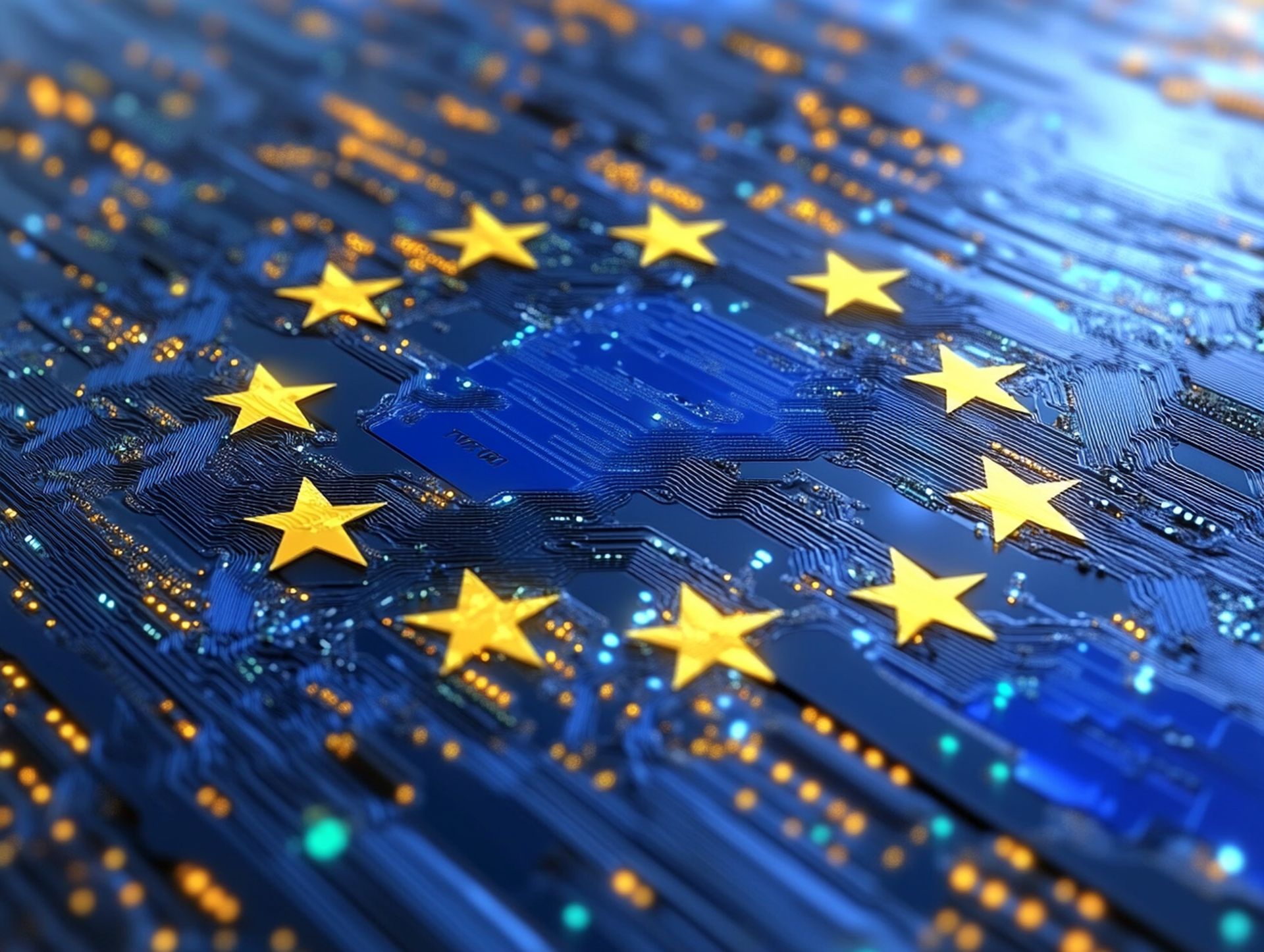Electronic signatures have the potential to become the ultimate authentication method in Web3
2 Ara 2022
4 dk okuma süresi
Many of us agree to the terms and conditions without reading them. In fact, according to recent research by Deloitte conducted in the UK, only 7% of those surveyed said they would only accept terms and conditions after carefully reading them. 81 percent of the participants admitted to occasionally or always accepting terms and conditions without reading them. Businesses must upgrade their terms and conditions agreement page. Giving customers clear, transparent terms and conditions can protect organizations from legal action, increase consumer trust, and stop unfavorable user ratings and comments.
For instance, Instagram became a subject of criticism when it modified its terms and conditions in 2012. The social network's terms suggested that posted photographs could be sold for advertising sparked a strong public reaction. The social media giant eventually apologized for the vague terminology and returned to its previous terms.
Anonymity and compliance
The development of Web3 has made it simple for people to create digital identities that enable them to take control of personal identity information and define how to represent themselves online. The metaverse is a blockchain-based decentralized ecosystem where digital identities and digital assets coexist. Today's popular social networking platforms and service providers demand that your online identity be linked to your legal name; some even ask you to upload proof of identity documents, such as a passport or a driver's license. But when it comes to the metaverse, an increasing number of people want to keep their anonymity while still using everything it offers.
How can one be sure the people they have been dealing with in the metaverse are who they claim to be? Moving forward, there is an increased demand for legislation with clear mandates. The industry's remote signing platform creators, agreement suppliers, and customers have decided to reject proxy signatures that are saved, copied, or created as typed signatures with or without fake cursive.
This problem is already being addressed in several countries. For instance, the Ontario Ministry of the Attorney General recently sent a notice to Canada's general public and the legal community about electronic signatures. Few surprises could be found in the notice, the most importantly this statement: "A signature that is simply a typed name, with or without a font change, will not be accepted, subject to judicial direction."
Many e-Signature services only offer this kind of remote signature, which exposes both customers and businesses to the risk of having agreements revoked. The current password-centric authentication method that rules Web2 is not even close to offering a safe and reliable form of authentication. Even if we overlook the high possibility that passwords can be stolen, personnel data can be hacked, ID documents can be falsified, and 2FA devices can be stolen, the actual challenge of proving identity rests in a different dimension.
Authenticating the signature holder
Verifying the document being signed is already done by biometric signature solutions such as Innova Bioiz, which utilizes timestamps and integrity checkers for the documents signed and biometric data for the signatures and their holders. Electronic signatures now need to find a way to validate digital avatars in the metaverse.
The parties can rely on oracles in charge of data appraisal to verify off-chain data associated with a digital identity. They would use their private keys to sign the material after determining its validity and legality upon request. Digital signature technology could be useful in this situation. E-signature technology allows combining these factors in a smooth yet effective procedure, whereas traditional user identification systems use one or more of these factors independently. Verifying the authenticity of the person you are interacting with their digital avatar won't be a problem as organizations integrate digital products more thoroughly.
Like other credentials, private keys are made up of data that can be duplicated, compromised, or stolen. Digital signatures can either completely replace private keys or add an actual signature component to a multi-signature system, adding a dynamic element to the authentication process.
There is the possibility to turn the act of signing into an authentication method with the development of virtual reality (VR), augmented reality (AR), and various motion caption technologies, eliminating the requirement for remote electronic witnessing.
The endpoint shift
The metaverse promises the possibility for other industries to gain significant importance, especially when creating additional value and moving away from sole entertainment.
Policymakers, regulators, and developers will need to work together to establish a decentralized method enabling users to validate their identities and maintain control over their personal information and legal consent to accomplish that. This would necessitate a safe and workable method that makes confirming the identity and logging into the metaverse simple and easy.
The concept of the metaverse is still too immature to make predictions about how it will be governed. It's likely to introduce new identification difficulties, requiring identity verification technologies to confront new obstacles and changes in unforeseen ways.
İlgili Postlar
Technical Support
444 5 INV
444 5 468
info@innova.com.tr









